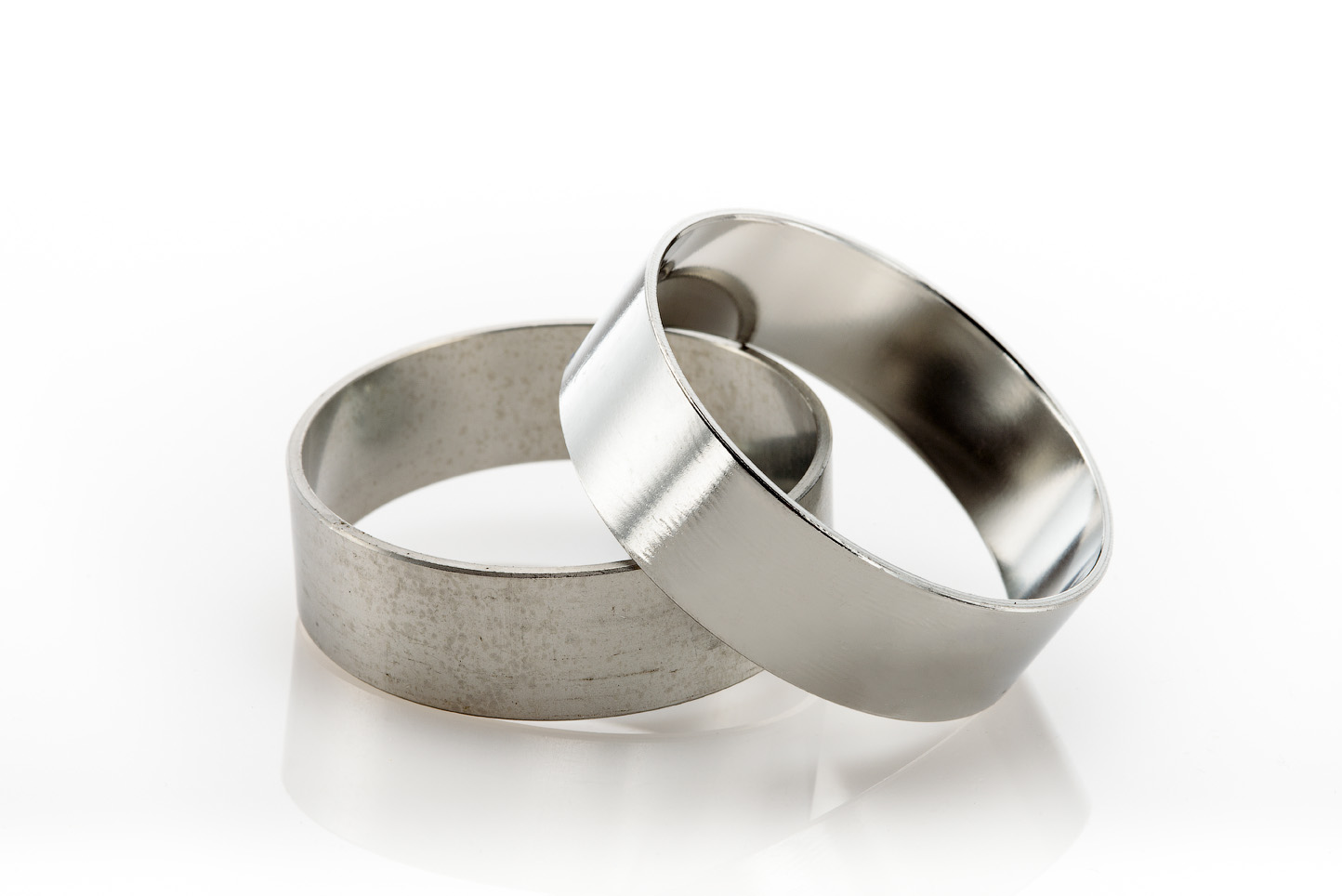FAQ's Electropolishing
New England ElectropolishingLearn the difference between electropolishing and electroplating as well as how the electropolishing process works.
How smooth of a surface can electropolishing produce?
The electropolishing process may improve a surface finish by up to 50%. The electropolishing reaction removes material while it improves surface roughness. Because of the material removal, process runtimes are often limited to maintain dimensional tolerances. Limited allowances for material removal result in real world surface roughness improvements from 10 to 35%.
It’s important to keep in mind that electropolishing improves a surface on the microscopic level. If a raw material has a texture or surface scratch, electropolishing will only result in a lustrous texture or lustrous scratch.
How durable is an electropolished surface?
Electropolishing is a surface treatment, not a surface coating. Thus, an electropolished surface can be physically damaged or degraded in the same way as its base material can be damaged or degraded. An electropolished 316 stainless steel surface has the same strength and hardness properties as those published for 316 material. Note however, that because electropolishing may produce such a reflective finish, even the finest surface scratch may be visible. Electropolished surfaces possess increased corrosion resistance and as a result are more resilient in many corrosive environments.
What is the difference between electropolishing and mechanical polishing?
Electropolishing is an electrochemical process while mechanical polishing is a mechanical process. As a surface treatment, electropolishing can improve surface finish as it dissolves material from the surface. Mechanical polishing, like machining, alters a surface by cutting material away. Electropolishing can improve a surface finish on a microscopic level, mechanical polishing improves a surface finish on a macroscopic level
What is the difference between electropolishing and electroplating?
Electropolishing removes material while electroplating adds material. Both have similar setups, but they involve opposite reactions. Both are electrochemical reactions; however, in electropolishing, the work-piece is charged anodically (thus loses ions) and in electroplating the work-piece is charged cathodically (gains ions).
How much material is removed by electropolishing?
The amount of material removed by electropolishing is directly proportional to the runtime and the amp-minutes that pass through the piece. Given this, the amount of material removed by electropolishing may be controlled. Often, during a standard run, total material removal is only to 0.0003” to 0.0007”. If the goal of an electropolishing run requires a longer runtime, as much as 0.003” of material may be removed. The dimensional tolerances of a component should be reviewed before it is electropolished.
What is the difference between Ra and RMS?
Ra and RMS are both representations of surface roughness, but each is calculated differently. Ra is calculated as the Roughness Average of a surface’s measured microscopic peaks and valleys. RMS is calculated as the Root Mean Square of a surface’s measured microscopic peaks and valleys.
Each value uses the same individual height measurements of the surfaces peaks and valleys, but uses the measurements in a different formula. One can infer, from examination of the formulas, that a single large peak or flaw within the microscopic surface texture will effect (raise) the RMS value more than the Ra value.
What is passivation?
Passivation is often misunderstood as it’s a benefit of electropolishing but can also be accomplished without electropolishing through chemical means. At NEE, we use the traditional Nitric Acid passivation process. Chemical passivation doesn’t alter the visual appearance or surface finish (Ra, RMS) of stainless steel. Instead, the traditional Nitric Acid passivation process removes surface contaminants and facilitates the formation of a very thin, transparent oxide film, which protects the stainless steel from oxidation.
How does the Nitric Acid passivation process work?
Prior to a traditional passivation process, parts are subjected to an extensive cleaning cycle to remove oils, grease, and metallic residue left behind during forming. General degreasing and cleaning can be accomplished by a variety of commonly accepted methods, including Acid Pickle and an Alkaline Soak. After removal of the organic and metallic residues, the parts are placed into one of NEE’s Nitric Acid baths, specifically calibrated for traditional passivation.
A number of acceptable parameters and ASTM Specifications for Chemical Passivation exist. The primary three variables of Nitric passivation are (1) time, (2) temperature and (3) concentration of Nitric Acid. Typical immersion times are between 20 minutes and 2 hours. Typical bath temperatures range between room temperature and 160°F. Nitric acid concentrations in the 20% to 50% by volume range are generally specified.
Does NEE comply with ASTM A967?
Yes, NEE complies with ASTM A967, which replaced U.S. Defense Department standard QQ-P-35-C. NEE follows the Nitric 2 process outlined in the ASTM A967 specification. For this method, NEE immerses parts for a minimum of 30 minutes in Nitric Acid. The Nitric Acid is calibrated to a minimum of 20% concentration and the temperature is controlled between 70-90% °F.
Does NEE comply with ASTM B912?
Yes, NEE complies with ASTM B912, “”Standard Specification for Passivation of Stainless Steel Using Electropolishing.”
Electropolishing Resources
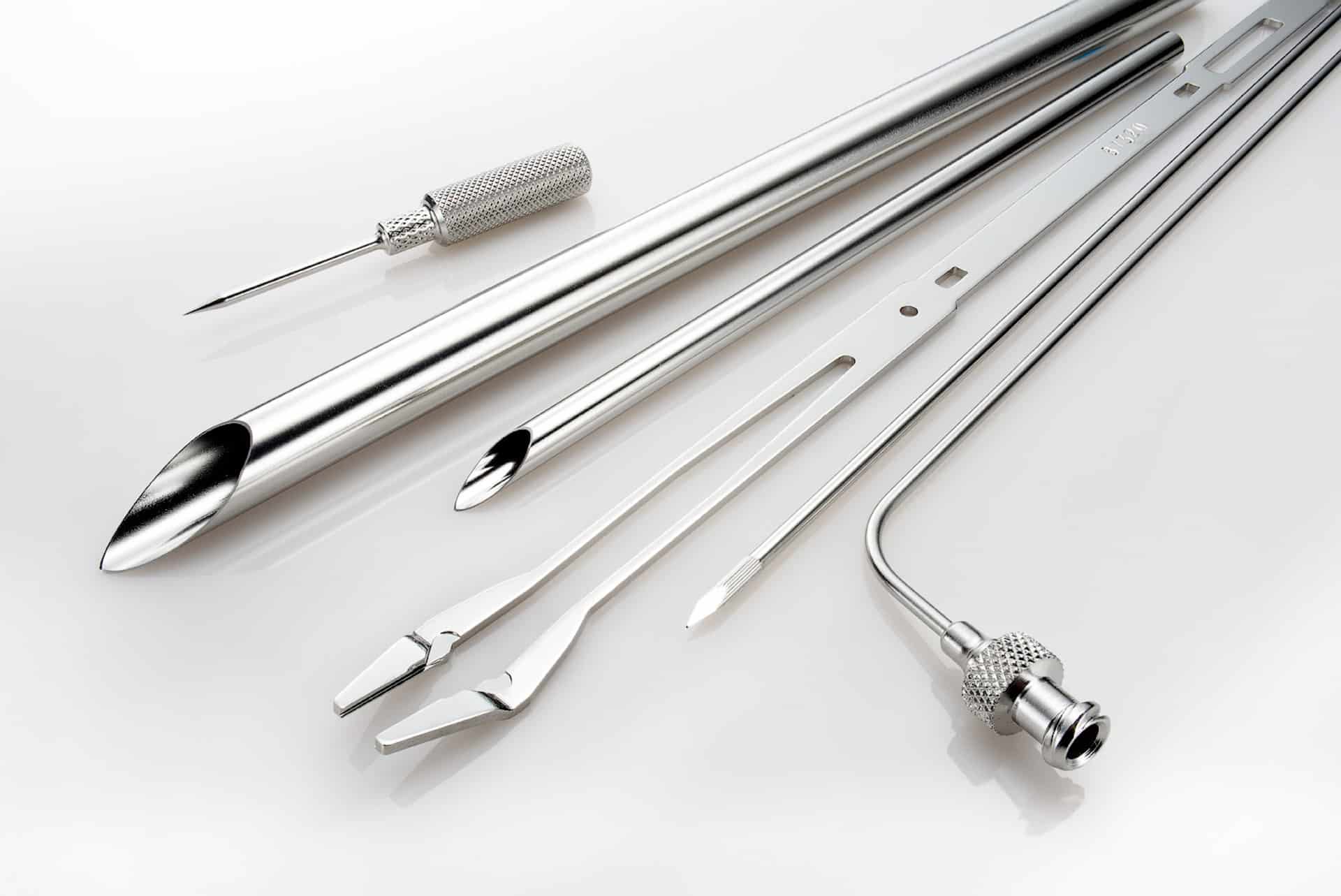
What is Electropolishing?
Electropolishing is an electrochemical and reverse plating process that removes the outer layer of skin on a metal...
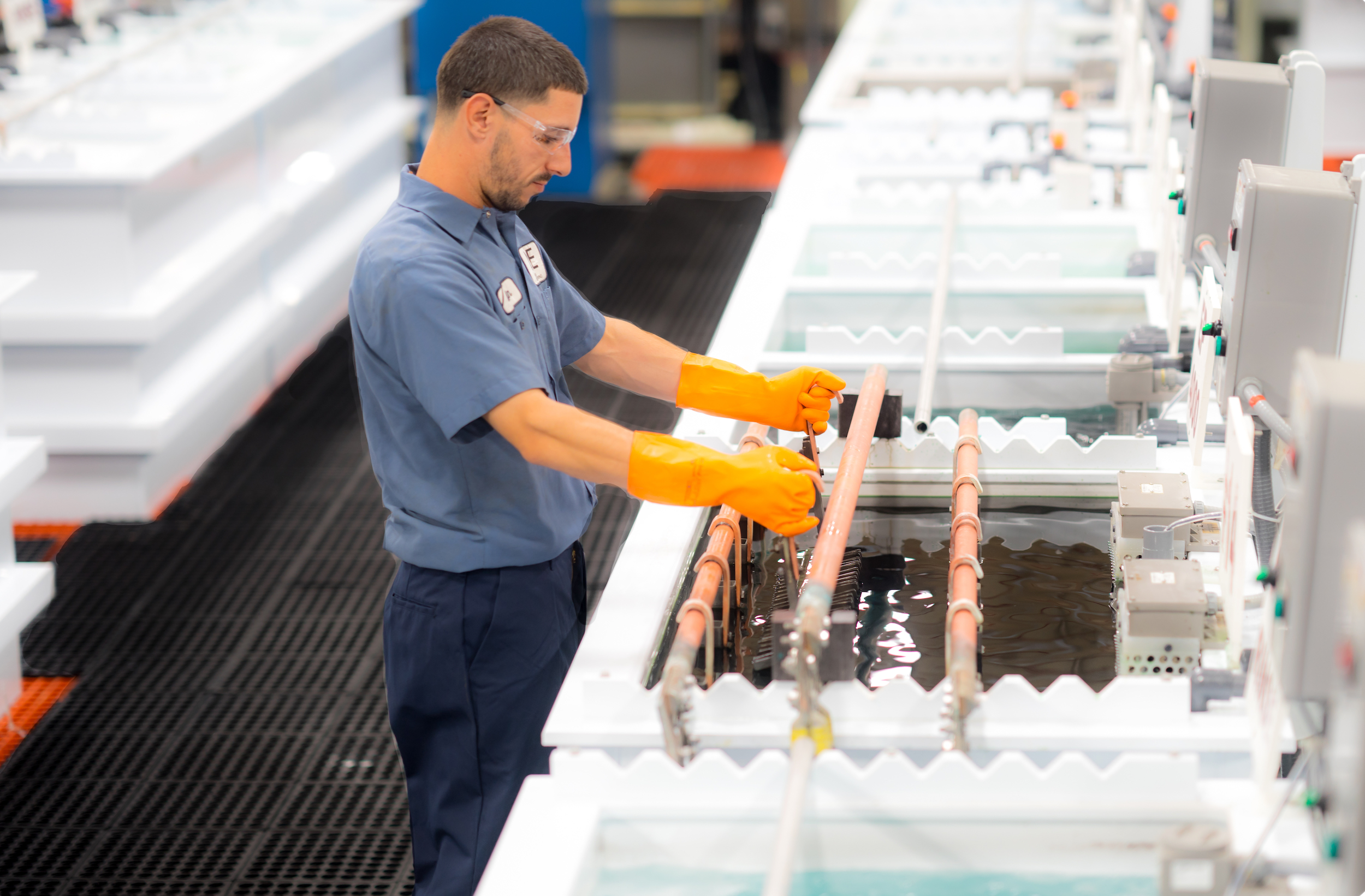
The Electropolishing Process
The electropolishing process is initiated by immersing a metal part into a temperature-controlled bath of electrolyte...
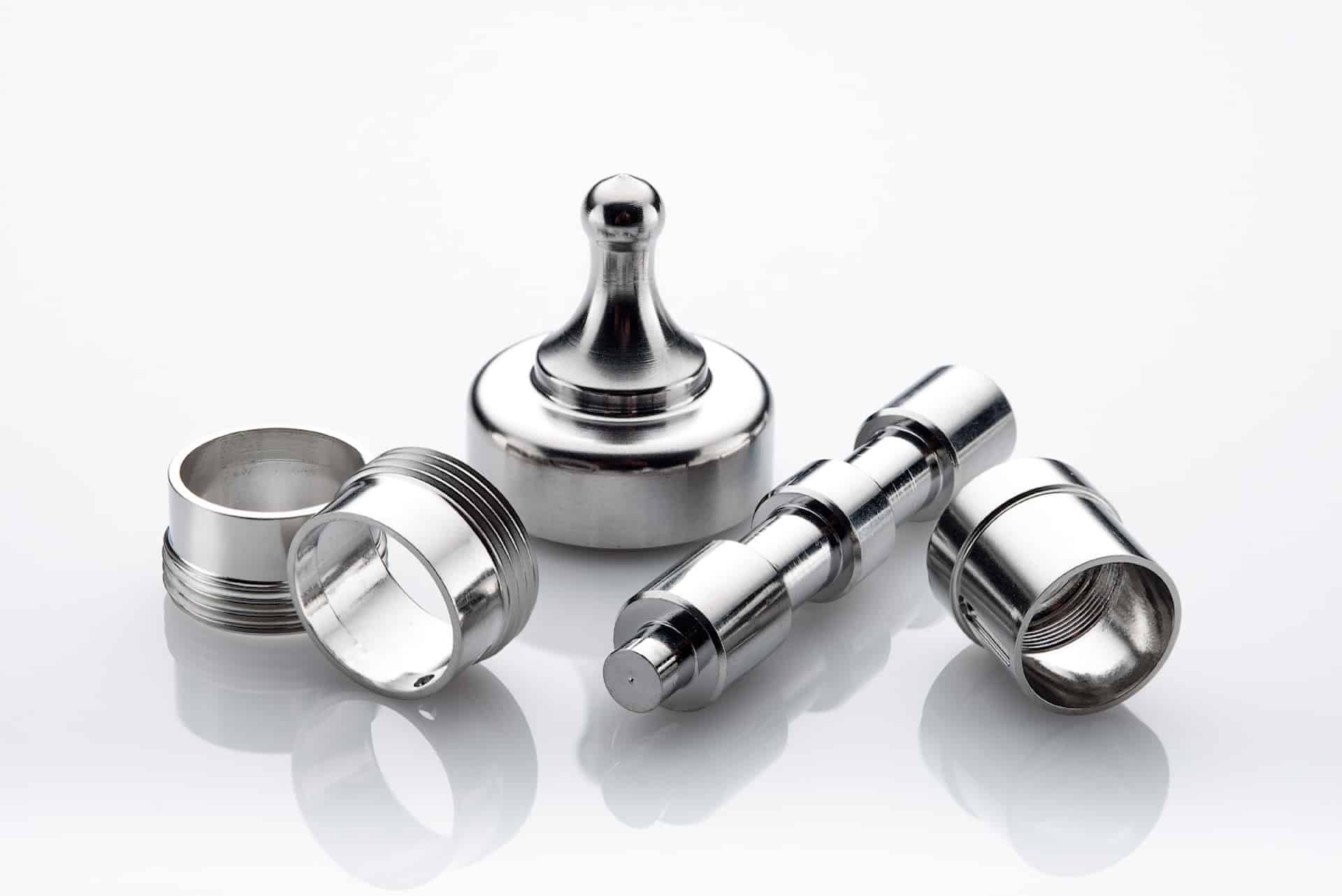
Benefits of Electropolishing
Curious about the benefits of putting your parts through the electropolishing process? Read along below where we...
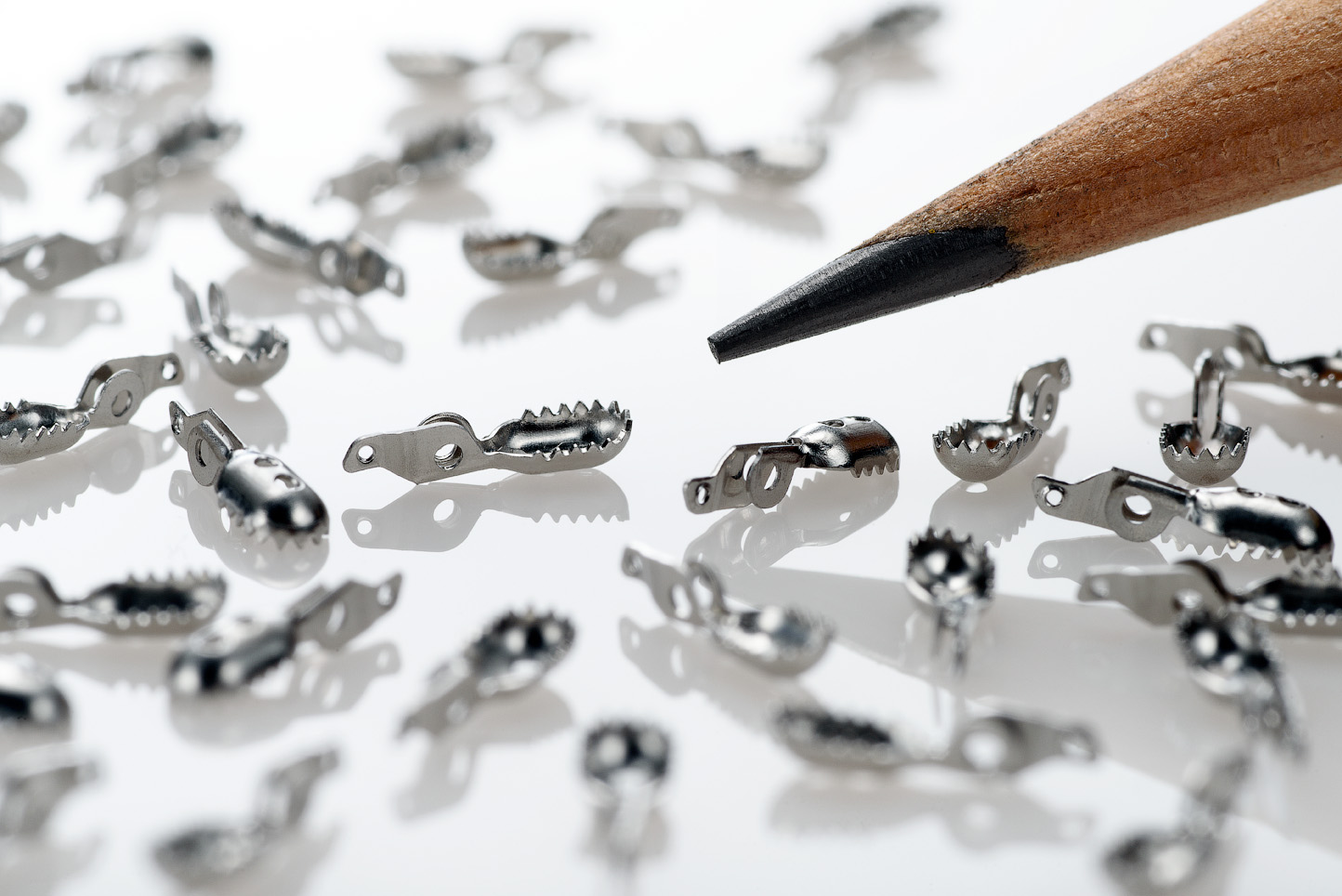
How Much Material Does Electropolishing Remove?
Electropolishing, when done properly is a highly controllable process which removes as little as...
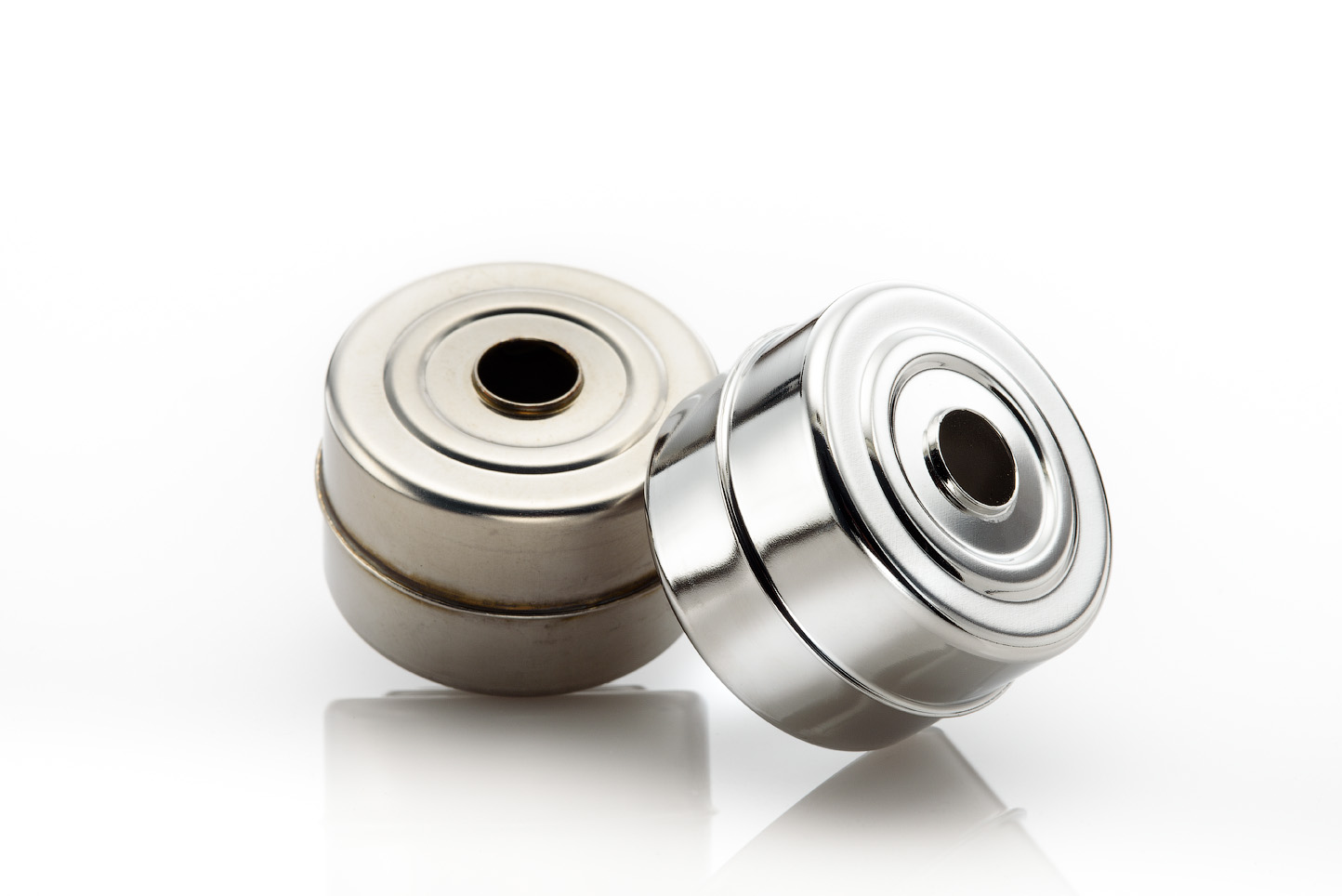
How Much Will Electropolishing Improve the Surface Finish of My Part?
Ra and RMS are both representations of surface roughness. Ra is calculated as the roughness average of a surface’s...
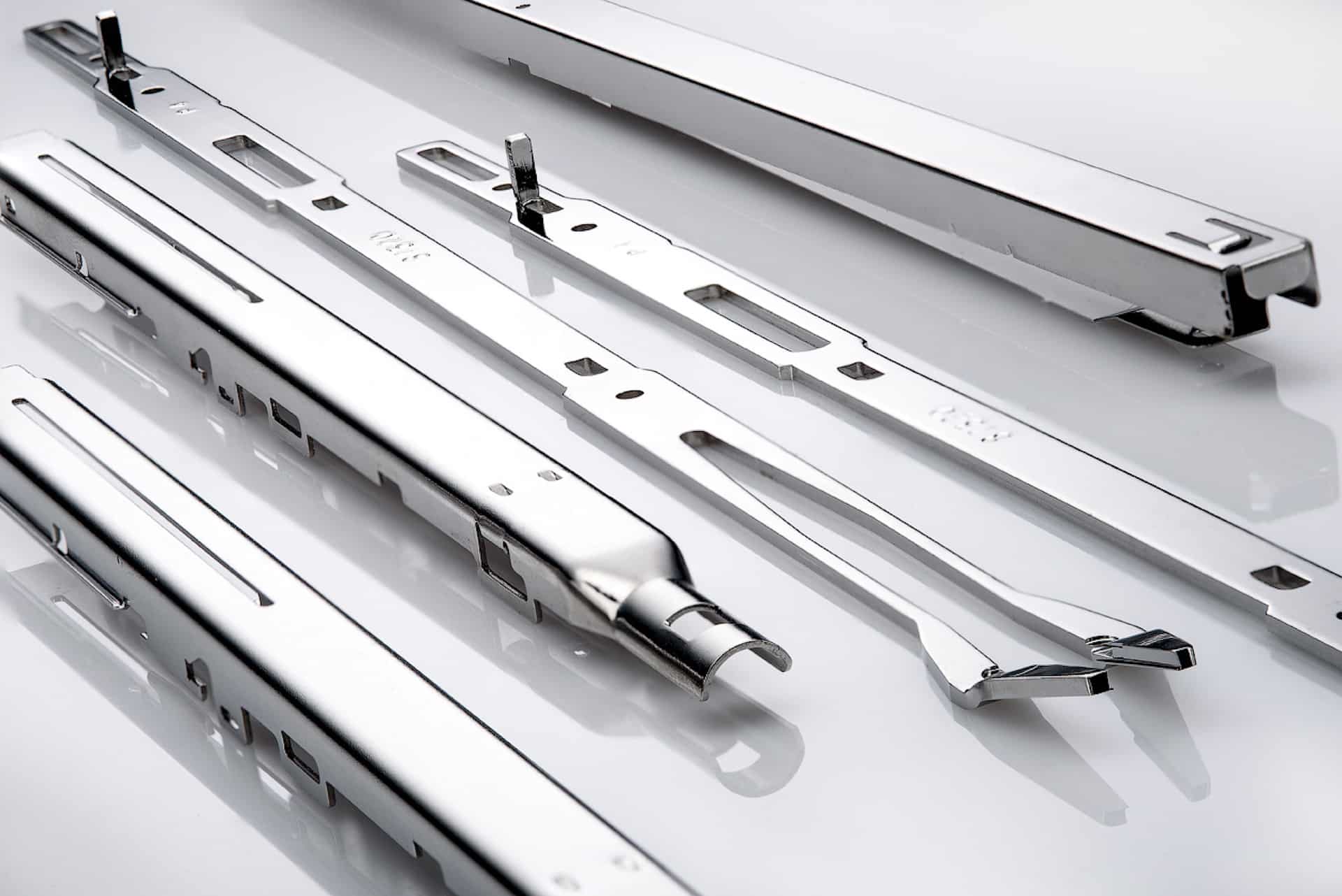
Electropolishing Frequently Asked Questions
Learn the difference between electropolishing and electroplating as well as how the electropolishing process works...

What is ASTM B912?
ASTM B912 is an industry standard for the passivation of stainless steel alloys through electropolishing...
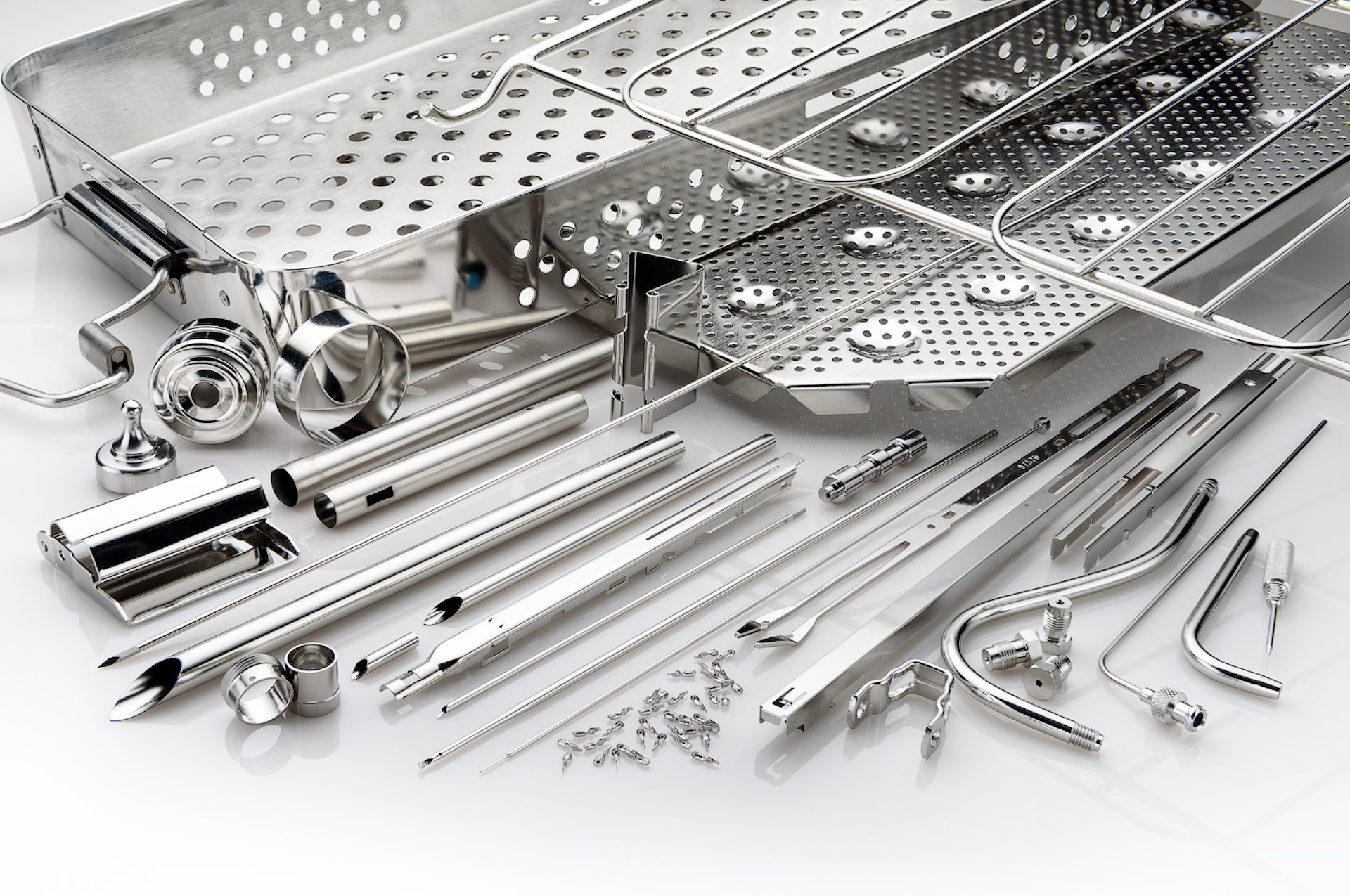
What is ASTM A967?
ASTM A967 is an industry standard specification for the chemical passivation treatments for stainless...
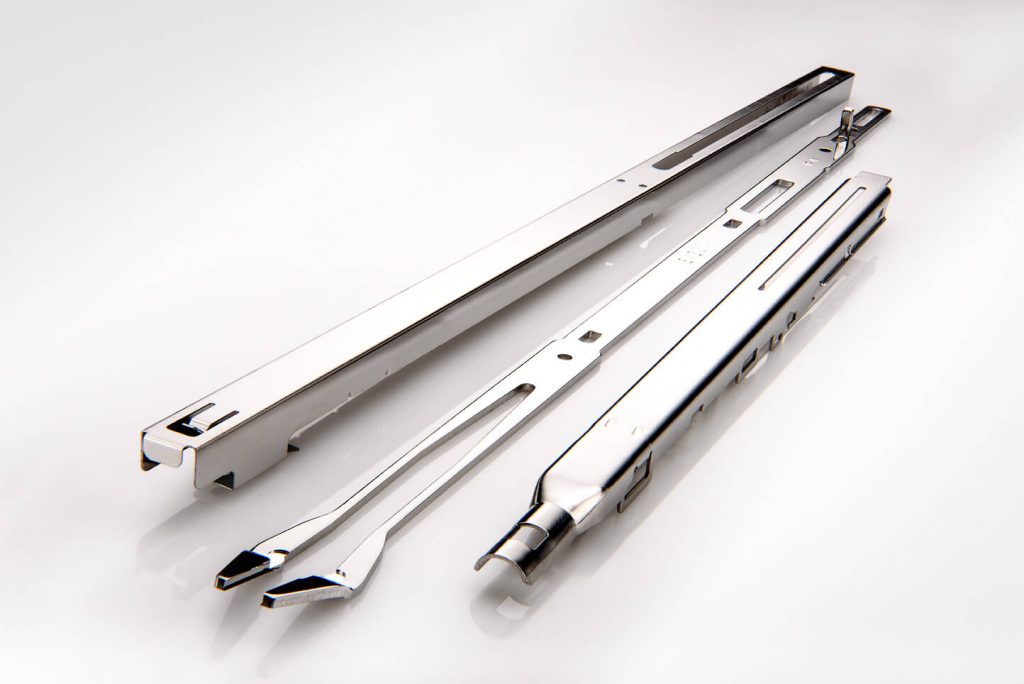
What is ISO 13485?
ISO 13485 is a standard that applies specifically to medical devices. ISO 13485 is designed to be...
